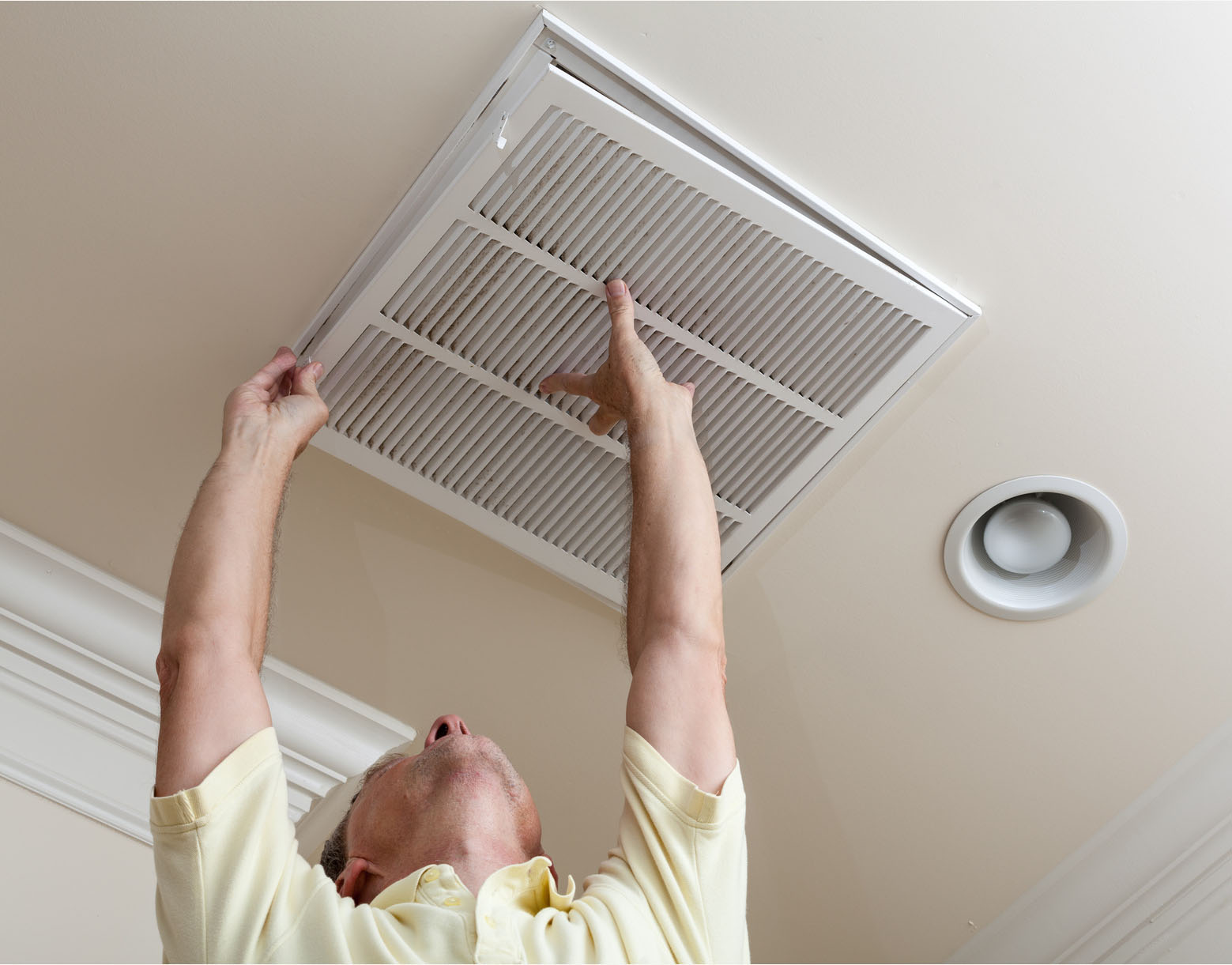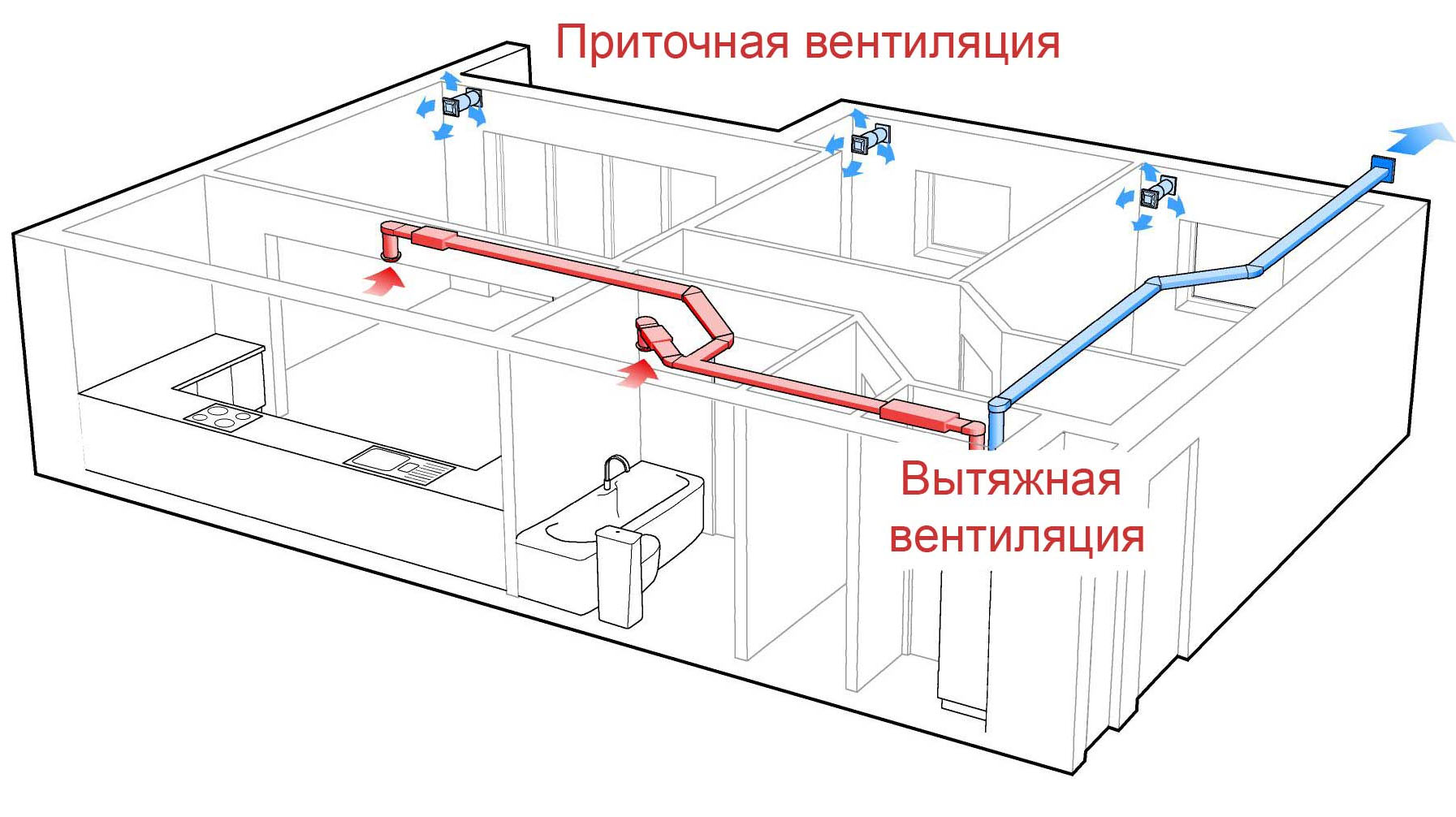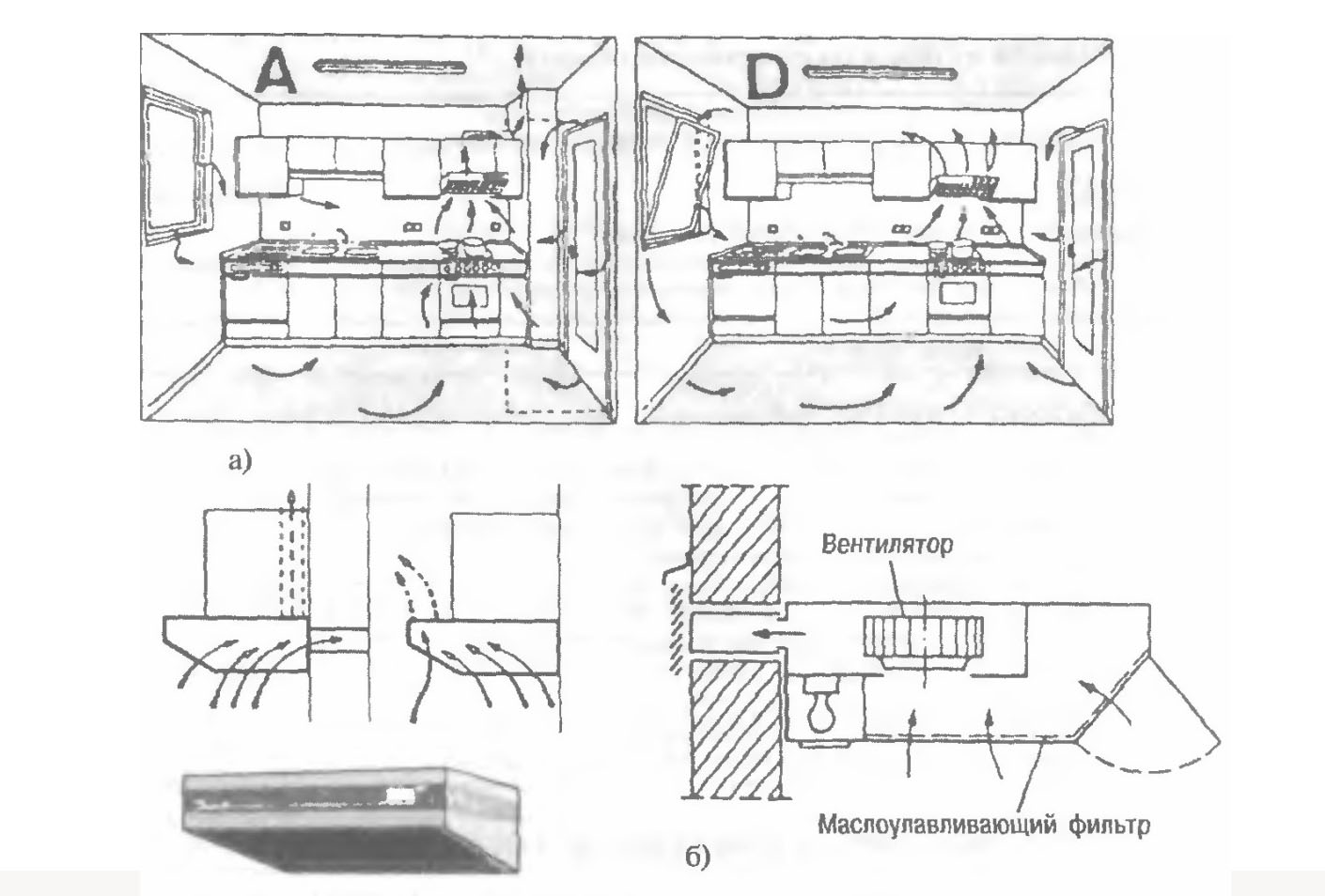What to look for when choosing a hood for the kitchen
It is difficult to overstate the importance of the ventilation system in a modern kitchen. Without unpleasant odors spread throughout the dwelling-house. Unfortunately, Natural ventilation is often not working properly: in apartment buildings or vent clogged with waste, or walled unscrupulous neighbors.

Types of devices and circuits
Ventilation system It plays a leading role in shaping domestic climate. That it affects the quality and quantity of fresh air in the room. before, you make the ventilation system, worth investigating in its classification. According to the principle of work release 4 ventilation species:
- inflow. Submit to the clean air flow space, and outputs the contaminated;
- natural. When replacing a dirty air to clean the kitchen uses pressure differentials;
- exhaust. Forcibly pulls contaminated flows from room, supplying clean when depressurization;
- Supply and exhaust. Conducts circulation and exchange of air mass using special equipment.
inflow
A rare type of ventilation, which is mounted in the absence of drawing. It requires a good test performance pull system. The auxiliary member is a ventilating fan.
natural
option, often found in old buildings. It needs traction control in ventilation ducts. When checking the use 2 options:
- Attach to the ventilation grating paper. When the quality of the system he has it "stick";

- Light a match or lighter. If the design works, the fire should swerve to the hole.
With a negative result, the shaft must be cleaned of dust and dirt.
exhaust
The most popular scheme, which is divided into 2 type:
- overall. To set ventilation exhaust fans for the kitchen with ventilation grille. The power of such devices does not exceed 3000 cubic meters per hour, so they are designed for channels with a maximum diameter 40 cm.
- Local. Equipped with a special hood, designed to pull odors, smoke, stations.
Exhaust scheme - common variant kitchen hood. Directly connected to the ventilation system, equipped with venting. The most commonly used version of the dome. When the regeneration systems often use exhaust fans household noiseless.
Classification method Fitting
By way of installation are several types of ventilation:
- False. Another name for these extracts - flat. Are in great demand among consumers. Mounted between the gas cooker and cabinet half.
- Insular. They can be installed in any room, but it is most often used in the kitchen, if the plate is not a wall, and in the middle of the room.

- corner. Positioned in the corners of the room.
- wall. Mounted directly above the stove, directly to the wall. Available in a variety of design solutions.
- recessed. Their main feature - a non-standard method of attachment (in a wall cabinet or countertop). Easily fit into any decor.
installation of ventilation
Extractor hood for the kitchen with a tap into the ventilation It is a system of air ducts, made of pipes and provided with a particular equipment. Mounting of the hood in the kitchen is done using several components. Key components for exhaust - it:
- offtake. You can use iron or plastic pipes of rectangular or round cut. Best option - Breather plastic rectangular size of 5 cm × 10. Can be used for fixing the elements or improvised purchased Lugs.
- rotations. They can be used in several embodiments: a rotation angle 45 or 90 degrees and a vertical or horizontal fold. Vertical rotation set during the descent down the exhaust vent, and horizontal - when the direction of the pipe.
- transitional funnel. Used to connect ventilation equipment with bleeding.

- Check valves. Exhaust fan with a check valve prevents the passage of outside air drawn off at.
- Duct fan for drawing.
- supply diffuser, regulating the flow of fresh air.
installation of ventilation
With self-regeneration of the ventilation devices need to determine the setting point (usually it is mounted above the stove) and place the air outlet.
Restoration of the exhaust vent in the kitchen consists of several steps:
- Drank two holes near the ceiling next to each other in diameter 12 cm.
- Insert rectangular tube, align with a slight slant to the side of the street.
- Seal holes unclosed gaps with foam.
Tube must protrude from the wall 5-6 cm.
- After waiting for solidification of foam, put on one of the pipes (it is better, if it will be next to the wall) check valve, taking care, that the pointer is pointing towards the street. To connect the system components use silicon sealant.
- By means of folds and lay pipes discharging air bleed to extract the installation site. Fix the pipe end rotation, and set near the ceiling connecting the funnel.
- The next step of - forming the feed part drawing. Its installation is on a similar system with a venting passage.
Reduce the pitch of the operating device will silent fan for drawing, heater (mineral wool) and rubber pads under fasteners.
- The final step - connecting the hood in the kitchen electricity.
Need to say, the fan is silent check valve will work better, If during the installation capacity of the device and the amount of space will be considered. Besides, Kitchen fan should have a high degree of heat resistance. From the right balance of these characteristics depends on the ability of the system to the rapid removal of polluted air and a long service life.
